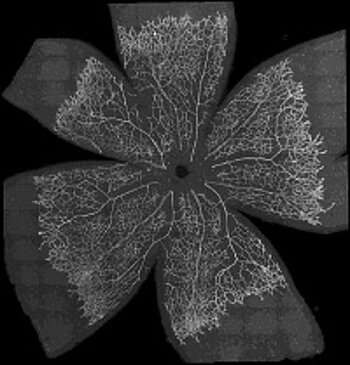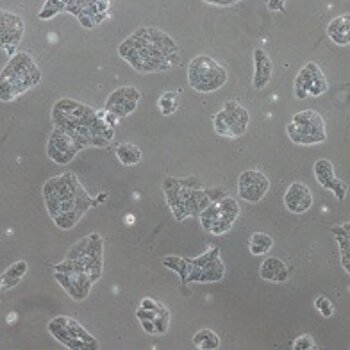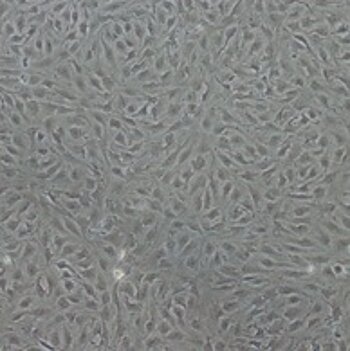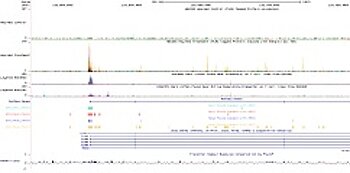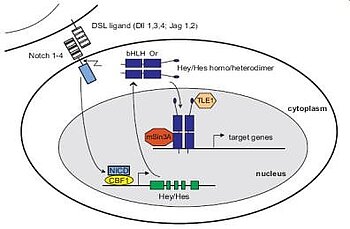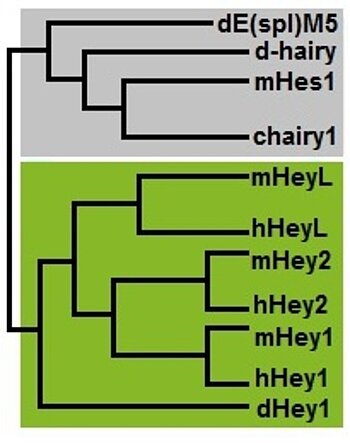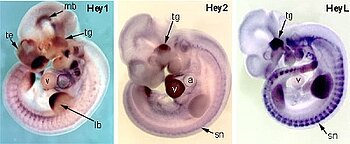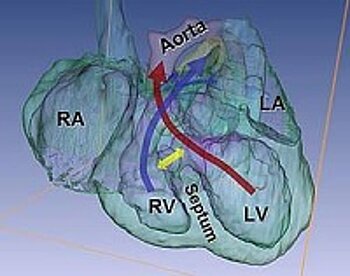Hey Gene und Kardiovaskuläre Entwicklung
One developmental aspect of our lab is the study of the role of Hey1/2 and Hes1 transcription factors during angiogenesis. Therefore, we use the so called retina model, which allows to study angiogenesis in vivo. Via staining of endothelia cells it is possible to make angiogensis defects visible.
We are using mouse embryonic stem cells to differentiate them into endothelial cells. Through comparative analysis between normal, Hey deficient and Hey inducible cells we want to investigate the role of Hey genes in angiogenic cell fate determination and to reveal differences in the arterio-venous differentiation of endothelial cells. Therefore we are using functional assays to investigate proliferation and sprouting as well as RNA-Seq and qRT-PCR to identify downstream target genes of Hey.
Although distinct Hey1 dimerization partners have been identified so far, there are still open questions concerning the molecular mechanism how Hey1 function is influenced by these factors. Furthermore, we are interested in posttranslational modifications of Hey1 proteins and their impact on Hey1 function. To gain a closer insight into Hey1 biochemical function and behavior we sought to identify new Hey1 associated proteins as well as distinct posttranslational modifications using the tandem affinity purification approach and mass spectrometry (MS) analysis in collaboration with the mass spectrometry of the Max-Planck-Institute Göttingen and the Rudolf-Virchow-Center Würzburg.
We use chromatin immunoprecipitation and microarrays to identify novel Hey target genes. Previous experiments in HEK293 cells have identified Hey proteins as highly redundant repressors. Target genes are mainly other transcription factors involved in various developmental processes. As another system we use murine embryonic stem cells, which can be efficiently differentiated into other cell types (e.g. cardiomyocytes, endothelia cells). We use this system to identify target genes which are especilly relevant for the cardio-vascular defects observed in Hey knockout mice
Hey genes (Hey1, Hey2 and HeyL) encode hairy-related bHLH transcription factors that are direct targets of the Notch signaling pathway (Maier, 2000). The proteins can form dimers with other bHLH factors and they function as transcriptional repressors.
Loss of Hey2 results in a dramatic developmental defect of the heart with septal and valve defects and subsequent functional impairment (Gessler, 2002; Fischer, 2002, Fischer, 2004).
Combined deletion of Hey1 and HeyL leads to very similar cardiac defects because of impaired epitelial-to-mesenchymal transformation of endocardial cells. (Fischer et al., 2007)



